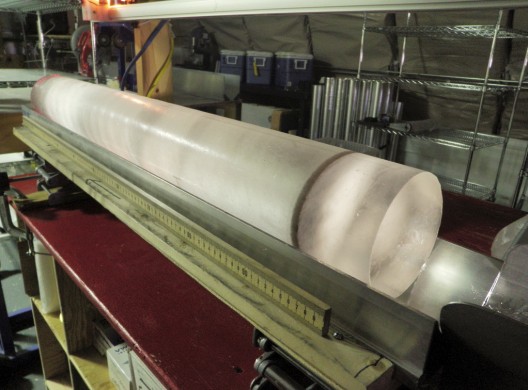
A new study led by Oregon State University, with significant contributions from the University of Washington, shows that the increase of atmospheric carbon dioxide that contributed to the end of the last ice age more than 10,000 years ago did not occur gradually but rather was characterized by three abrupt pulses. Scientists are not sure what caused these abrupt increases, during which carbon dioxide levels rose about 10 to 15 parts per million—or about 5 percent per episode—during a span of one to two centuries. It likely was a combination of factors, they say, including ocean circulation, changing wind patterns and terrestrial processes.
Read more at UW Today »
